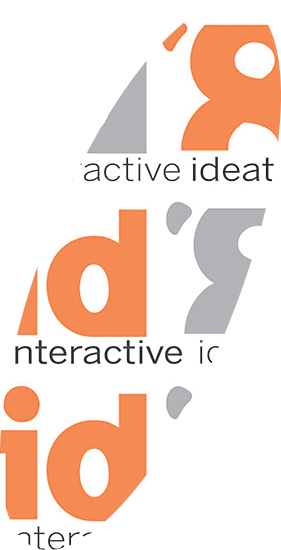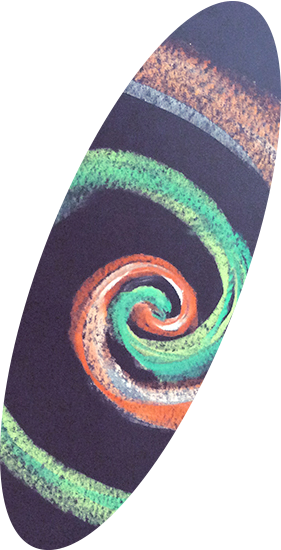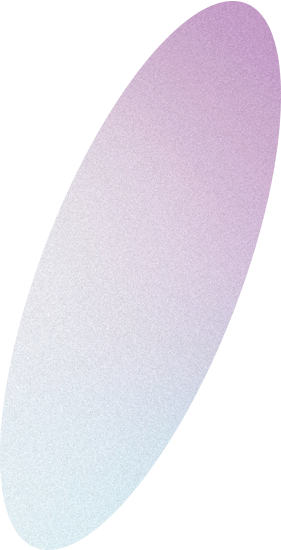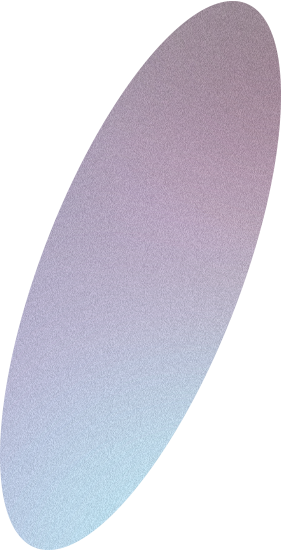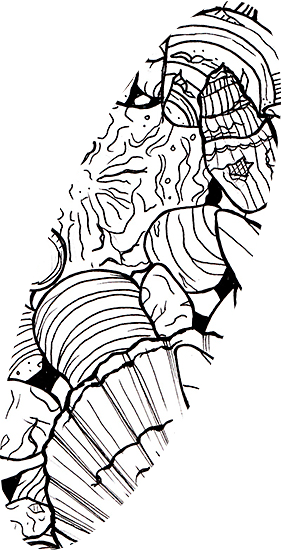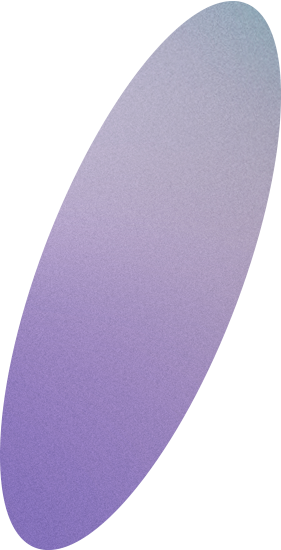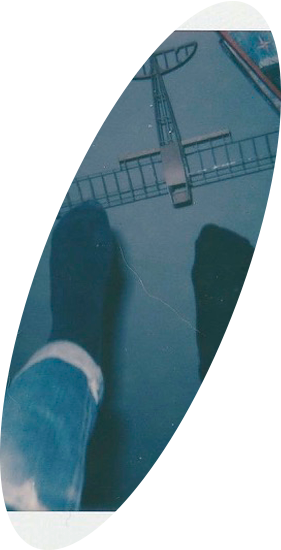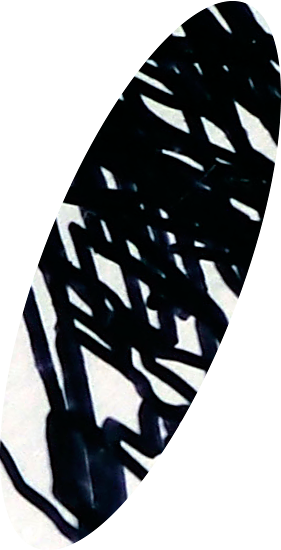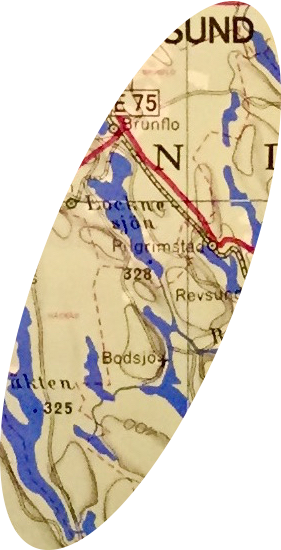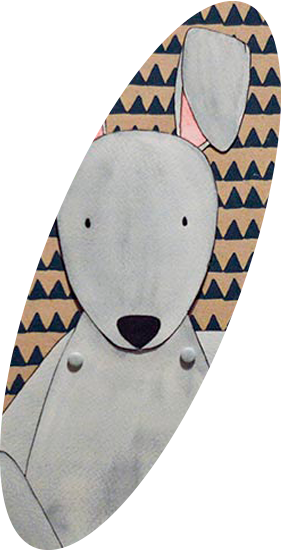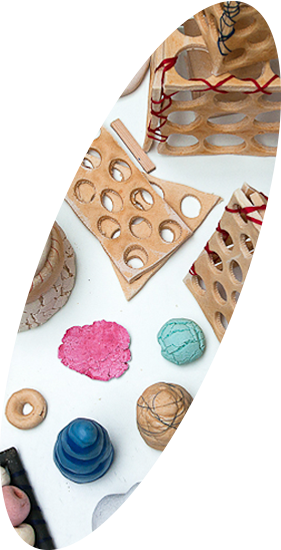In a time when the greater portion of knowledge production takes place in the visual sphere, when words such as “design process” and “creative processes” flourish diligently, when digital media belong to our most common communication media, when contemporary artists participate in the debate about ethnicity, class and gender – in this context, I see our newly graduated teachers as being some of society’s key players.
A task as important as educating children and young people for our contemporary times involves, in particular, giving them the tools to express themselves, their opinions and dreams, which is also a democratic right.
Arts, visual culture and learning are key concepts of the Konstfack Teacher Education programme. The teachers from the Department of Visual Arts and Sloyd Education who graduate this spring have spent the past five years training to become teachers within art, media and design. It is this pedagogical approach that guides our program. One fundamental idea is that the combination of theoretical and practical work engenders more profound knowledge. An individual who has mastery of several forms of knowledge acquires the capacity for more varied and nuanced expression. This is what we call working from a “double perspective”, which means that the students’ degree projects result in an academic thesis and a visual form. In conjunction with the Degree Exhibition, the public will only encounter a part of the great work which until now, the students have put into their independent work in the visual arts, which is the official name for our students’ degree projects.
Anette Göthlund, Professor of Visual Arts Education
I en tid när så stor del av kunskapsproduktionen sker inom det visuella området, när ord som designprocess och kreativa processer flitigt florerar, när digitala medier hör till våra vanligaste kommunikationsmedia, när samtidskonsten deltar i debatten om etnicitet, klass och genus — då ser jag våra nyutexaminerade lärarstudenter som några av samhällets viktigaste aktörer.
Ett sådant ansvarsfullt uppdrag som att utbilda barn och unga till den här samtiden innebär inte minst att ge dem verktyg att uttrycka sig själva, sina åsikter och drömmar, vilket också är en demokratisk rättighet.
Bild, visuell kultur och lärande är centrala begrepp i Konstfacks lärarutbildning. De lärarstudenter som i vår examineras från Institutionen för bild- och slöjdpedagogik har under 5 år utbildat sig för att bli gymnasielärare inom konst, media och design. Det pedagogiska förhållningssättet är vår utgångspunkt. En grundtanke i utbildningen är att kombinationen av teoretiskt och gestaltande arbete utvecklar fördjupad kunskap. En individ som behärskar flera kunskapsformer erövrar mer varierad och nyanserad uttrycksförmåga. Detta är vad vi kallar att arbeta utifrån ett ”dubbelt perspektiv”, vilket innebär att studenternas examensarbeten resulterar i en vetenskaplig uppsats och en visuell gestaltning. I samband med vårutställningen möter alltså publiken enbart en del av det stora arbete som studenten hittills har lagt ner i sitt Självständiga arbete i bild, som våra studenters examensprojekt officiellt heter.
Anette Göthlund, professor i bildpedagogik

 Visit: LM Ericssons väg 14, Stockholm
Visit: LM Ericssons väg 14, Stockholm